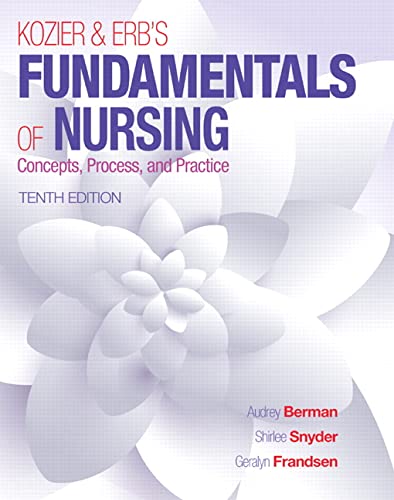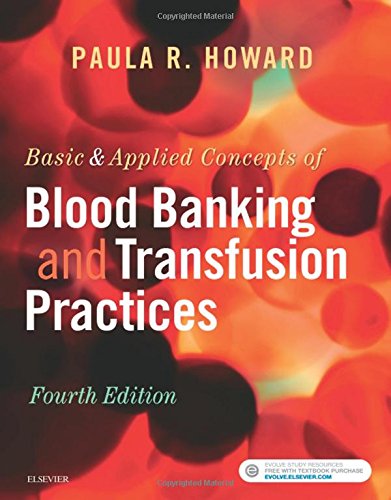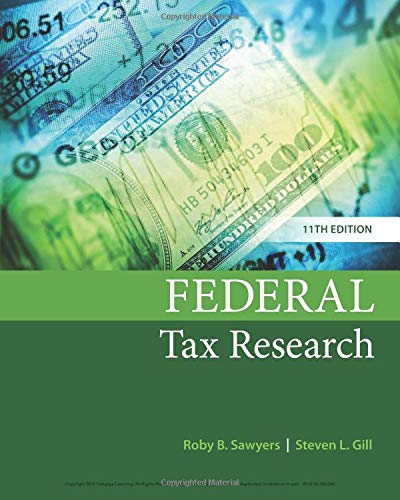Test Bank For Practical PC 7th Edition By June Jamrich Parsons
Practical PC 7 Chapter 4: File Basics
TRUE/FALSE
1. A file is a collection of data that has a name and is stored on a hard drive or other storage device.
ANS: T PTS: 1 REF: 57
2. A data file is a program module containing instructions that tell your computer how to perform specific tasks.
ANS: F PTS: 1 REF: 57
3. Windows file naming is not case-sensitive.
ANS: T PTS: 1 REF: 59
4. The most common way to create files is by using a Windows desktop.
ANS: F PTS: 1 REF: 63
5. The Search box displays lists of files recently created, viewed, or saved using that application.
ANS: F PTS: 1 REF: 58
6. A default program is the one that Windows uses when you open a particular file type.
ANS: T PTS: 1 REF: 62
7. A typical PC hard disk drive usually contains two to four platters.
ANS: T PTS: 1 REF: 64
8. A hard disk is divided into concentric circles called tracks.
ANS: T PTS: 1 REF: 66
9. An external hard disk drive can be used to transport large data files from computer to computer.
ANS: T PTS: 1 REF: 65
10. Windows provides a fragmentation utility that you can use periodically to put the data for each file in adjacent sectors.
ANS: F PTS: 1 REF: 66
MODIFIED TRUE/FALSE
1. A(n) data file contains words, numbers, and pictures you can manipulate. _________________________
ANS: T PTS: 1 REF: 57
2. File properties describe file characteristics such as name, type, location, and size. _________________________
ANS: T PTS: 1 REF: 58
3. A(n) file type is a set of characters added to a file name to indicate the file’s contents and origin. _________________________
ANS: F, file extension
PTS: 1 REF: 59














Reviews
There are no reviews yet.